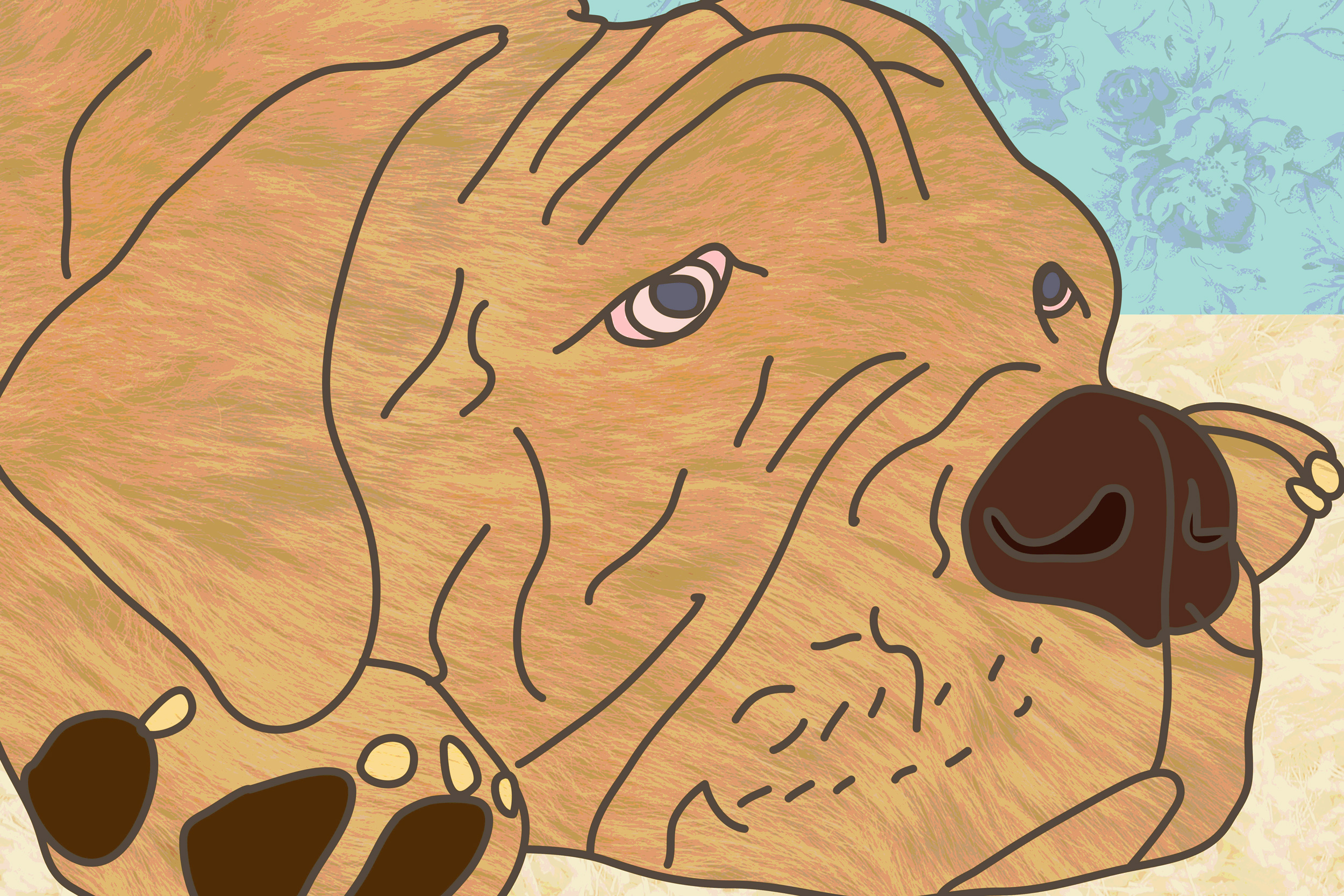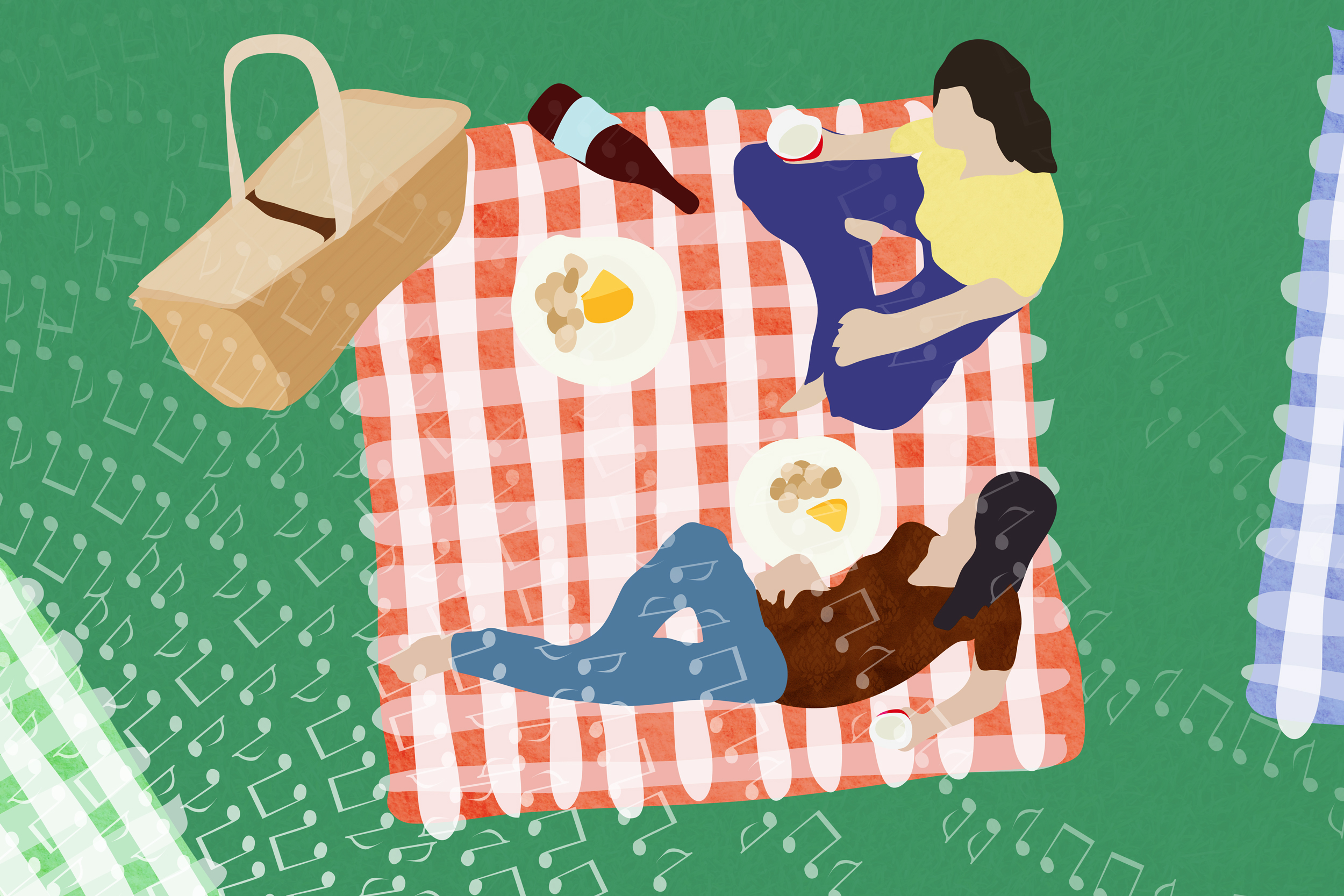
Winona Ryder has been a proprietor of the “strange and unusual” since she showed off her penchant for the macabre as micro-bangs-wearing Lydia Deetz in Tim Burton’s “Beetlejuice.”
Now, 30 years into her illustrious career, Ryder’s making her streaming service debut in the Netflix original series “Stranger Things.” Billed as a tribute to ‘80s sci-fi, the show examines the oddities and possibilities of extraterrestrial life.
Everything seems relatively normal, until 11-year-old Will vanishes without a trace while riding his bike home from a Dungeons and Dragons tournament. He’s an archetypal nerd: a shy middle-schooler with a bowl cut and a small group of loyal friends.
Filled with ghostly woods and an unspecified “Government Area,” Hawkins, Indiana seems off-kilter, but in a way that could pass as charming. The local sheriff department is helmed by a careless chain-smoking sheriff who is ill-equipped to handle any serious crimes like missing children. He believes that mornings are for “coffee and contemplation” rather than actual work. Will’s mom, Joyce (Ryder), acts as his foil.
She arrives at the sheriff’s office the morning after her son’s disappearance, desperate for answers. The sheriff placates her by saying, “Ninety-nine times out of 100, these kids are either with a parent or a relative.”
Ryder prods further asking, “What about the other time?” This question drives the entire show.Part of why this show is so compelling and creepy is that the terror it provokes feels familiar.There are moments of this show that are genuinely creepy, but they are softened by the exuberant technicolor ‘80s aesthetics. Will’s friends ride off on their bikes to search for him with only their hoodies and bike lights, drawing forth immediate visual comparisons to “E.T.”
Much as in “Beetlejuice,” the most fascinating aspects of the show emerge when the characters forge genuine human connections with otherworldly beings. During their first nightly sweep of the forest, Will’s friends stumble upon a seemingly mute young girl with a shaved head. She has no form of identification other than the number 11 tattooed on her wrist.
She’s obviously frightened, so Will’s friend Mike takes her back to his house. He sets up a blanket fort and sneaks her toaster waffles at breakfast, slowly building trust. The girl — dubbed “Eleven” — says “bad people” are after her, and Mike has a hunch that these “bad people” snatched Will, too.
The moments of lightness brought by Eleven’s burgeoning friendships are obliterated by encounters with darker forces — Eleven is telekinetic and she’s not afraid to lock doors and break stuff to prove a point.
At the center of this telekinetic whirlwind is Ryder’s Joyce. Will tries to contact her sometimes, causing the lights to go berserk and the wood-paneled walls in her house to stretch as though they were made of rubber.
When I say that the terror in this show is softened by the popped collars and the Clash on the stereo, I don’t mean to imply that it’s not horrific. Part of why this show is so compelling and creepy is that the terror it provokes feels familiar, and that familiarity lulls the viewer into a sense of complacency.
Ryder’s performance is nuanced; it’s exhausted; the nerves are frayed; and best of all, it’s consistent.
“Stranger Things” levels the playing field for horror buffs and newbies alike; you might think you know the tropes of the genre (small town, corrupt government agency with a secret, creepy forest), but the show-runners know how to make it sneak up on you.
Ryder’s performance is nuanced; it’s exhausted; the nerves are frayed; and best of all, it’s consistent. Ryder never tires. She embodies fear, the second the scene calls for it.
Horror lends itself to camp; it’s the orgasmic thrill of a jump-scare and the novelty of faux Linda Blair’s head spinning around. Often, horror’s love affair with camp manifests itself in plot holes and poorly-written slasher scenes.
However, “Stranger Things” allows its need for camp to be sated using sly and loving references to the ‘80s sprinkled throughout the show. The boys share a “Goonies”-esque camaraderie and thirst for reckless adventure. The soundtrack is delightfully kitschy, full of synths and ‘80s classics like Toto’s “Africa.”
By using these cultural touchstones, the Duffer brothers create a world where the so-called “impossible” is allowed to take shape.
You can stream “Stranger Things” on Netflix.







